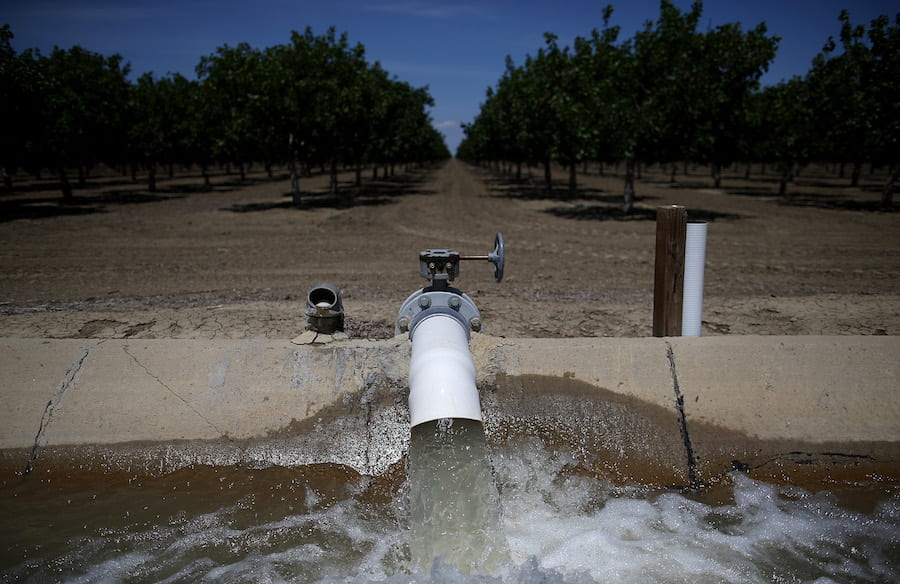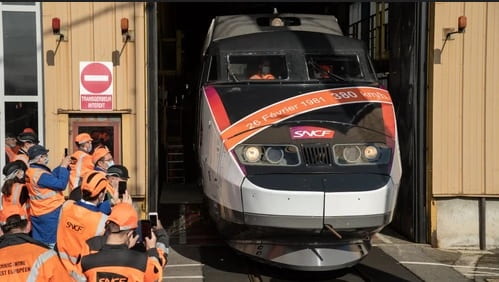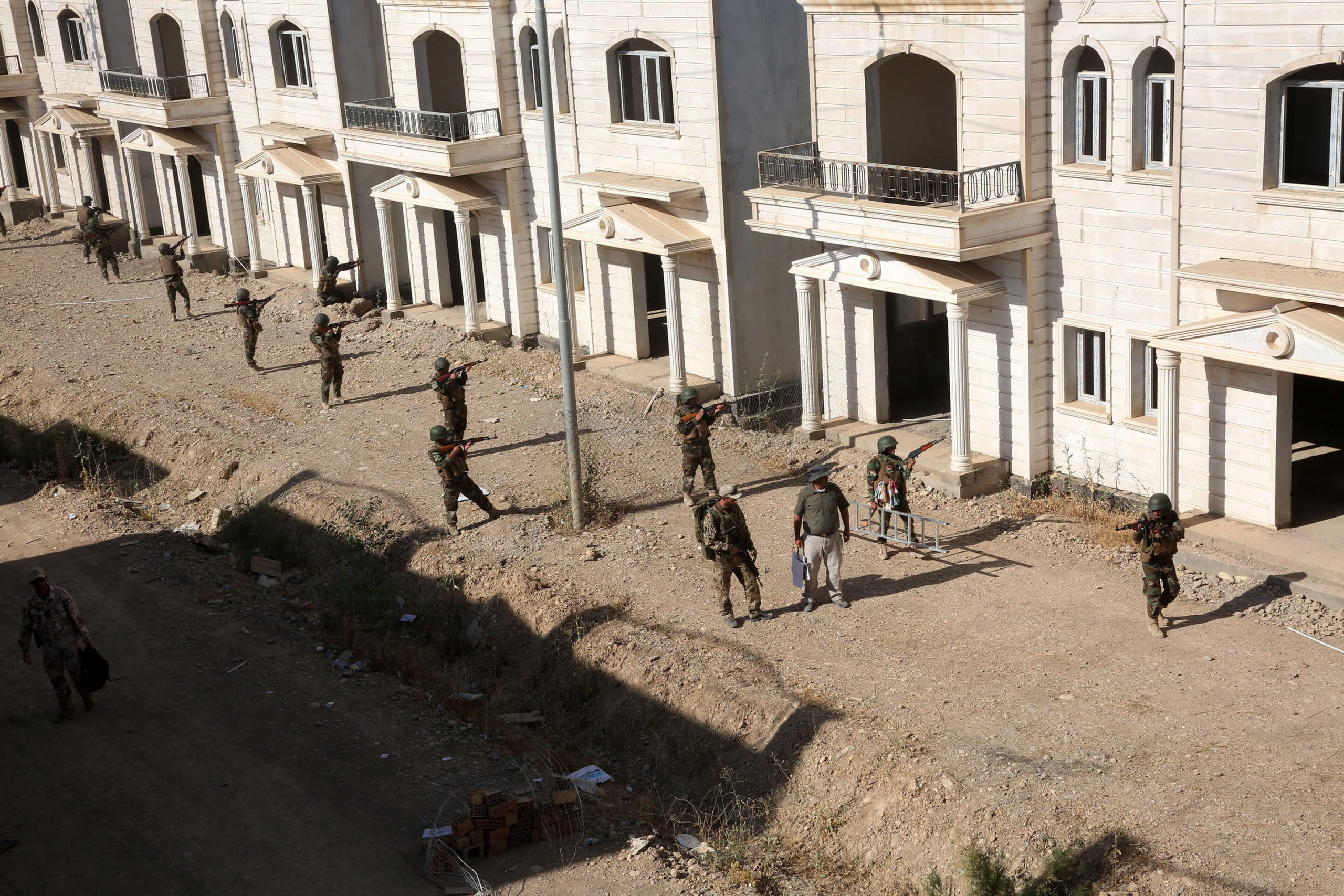Each Friday, the Wagner Planner editorial board will publish a news roundup of recent planning news. Topics range the gamut of urban planning concentrations, but will mostly be at the discretion of the editor.
Report: California’s water systems are in deep trouble
“A new report is highlighting the gaps in California’s water infrastructure — and how much money the state will need to fix it. The report, published by the state’s Water Resources Control Board, found that 620 public water systems and 80,000 domestic wells are at risk of failing to provide affordable and uncontaminated water, a problem that California will need $4.7 billion of extra funding to solve. The report includes the first-ever analysis of the state’s domestic wells — a common water source for rural communities. Threats to these systems are often poorly understood due to lack of good data.” (Grist)
The U.S. Is Not Ready for High Speed Rail
“Within the larger, dumber debate about whether President Biden’s infrastructure plan really counts as infrastructure, there are virtually limitless smaller, better debates about whether the plan is any good. Even looking solely at the transportation section of the plan, such a debate can be had at several different levels. There is the high-level question of how much money ought to be spent on subsidizing cars and roads versus public transportation and other sustainable forms of transportation. Then there are countless other policy questions about how those subsidies should be structured, what kinds of public transportation should be built and where, and so on and so forth. One such question is about high speed rail (HSR), specifically whether the Biden plan should commit to building any and, if so, how much. Although there is no official definition, generally HSR means a passenger train capable of traveling 125 mph or faster, but it does not necessarily mean the entire route goes that fast.” (Vice)
As architects and planners theorized new ways of citymaking, military analysts were right behind
“In the latter half of the 20th century, as suburbanization and low-density development diversified urban morphologies around the world, architects and planners worked to establish disciplinary tools and perspectives capable of keeping up with the new urban forms. The many developments in urban planning and architectural discourse of this period were echoed by equally rapid and far-reaching advances in urban military intelligence.” (The Architect’s Newspaper)


